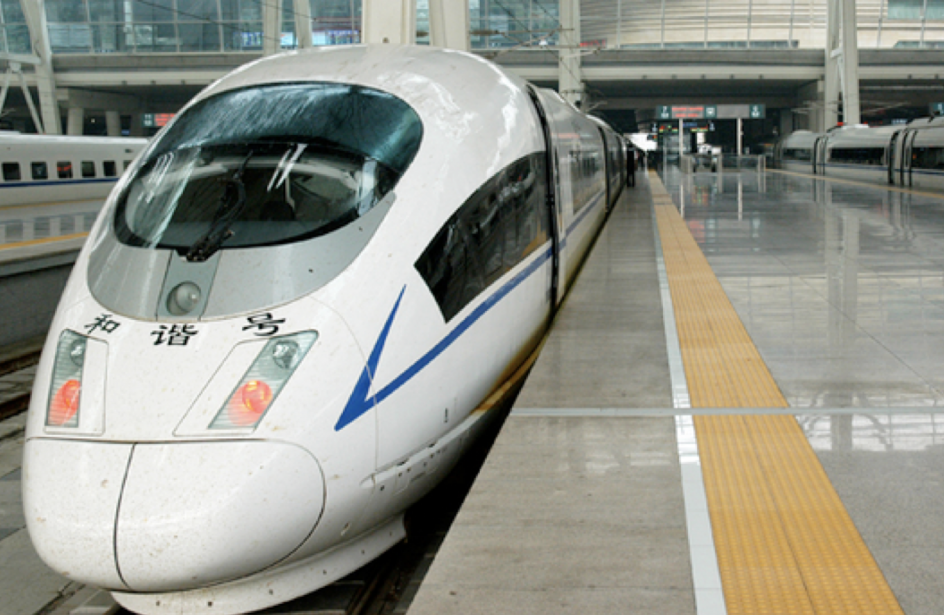Much like in the auto industry, steel and aluminium are the dominant materials used in the construction of train bodies, including the train sideboards, roof, floor panels and cant rails, which connect the floor of the train to the sidewall. Aluminium provides a number of benefits to high-speed trains: its relative lightness compared to steel, easier assembly due to parts reduction, and high corrosion resistance. Though aluminium is about 1/3 the weight of steel, most aluminium parts used in the transport industry are about half the weight of corresponding steel parts due to strength requirements.
The aluminium alloys used in lightweighting high-speed rail carriages (mostly series 5xxx and 6xxx, like in auto industry, but also series 7xxx for high strength requirements) have lower density compared to steel (without compromising on strength), as well as excellent formability and corrosion resistance. The most common alloys for trains are 5083-H111, 5059, 5383, 6060 and newer 6082. For instance, Japan’s high speed Shinkansen trains contain mostly the 5083 alloy and some 7075, which is more frequently used in the aerospace industry, while the German Transrapid uses mostly 5005 sheet for panels and 6061, 6063, and 6005 for extrusions. Moreover, aluminium alloy cables are also increasingly being used as a substitute for traditional copper-core cables in railway transmissions and installations.
As such, the main advantage of aluminium over steel is securing lower energy consumptions in high-speed trains and increased load capacities that can be transported, especially in freight trains. In rapid transit and suburban rail systems, where trains have to make a lot of stops, significant cost savings can be achieved as less energy is needed for acceleration and braking if aluminium wagons are used. Lightweighting trains, coupled with other similar measures can reduce energy consumption by up to 60 % in new wagons.
The end-result is that, for the latest generation of regional and high-speed trains, aluminium has successfully replaced steel as the material of choice. These carriages use on average 5 tonnes of aluminium per wagon. Since some steel components are involved (such as wheels and bearing mechanisms), such wagons are usually one third lighter compared to steel wagons. Thanks to energy savings, the initial higher production costs for lightweighted carriages (compared to steel) are recovered after about two and a half years of exploitation. Looking ahead, carbon fibre materials will yield even greater weight reductions.
Post time: Apr-19-2021






